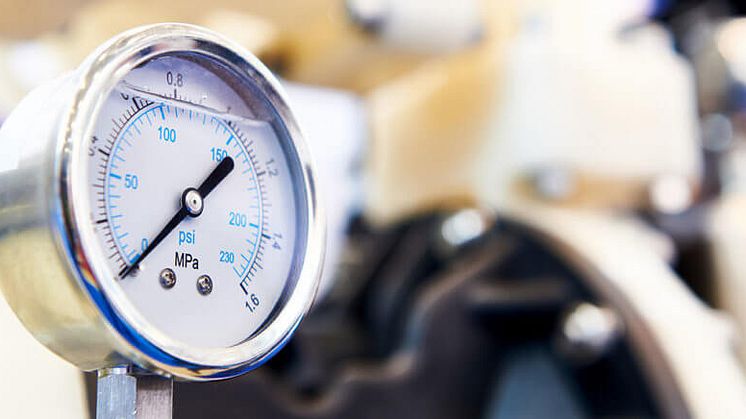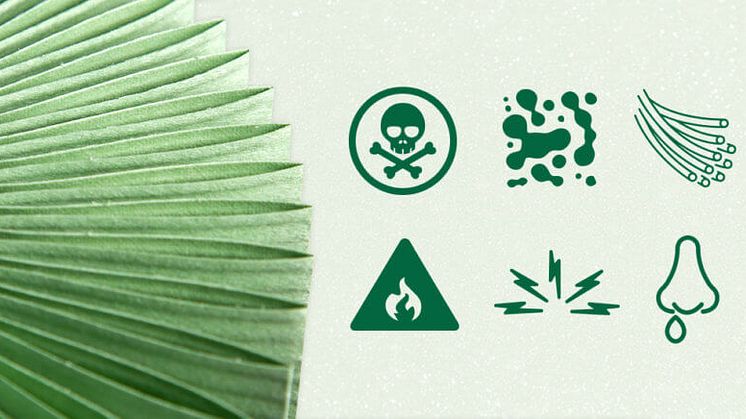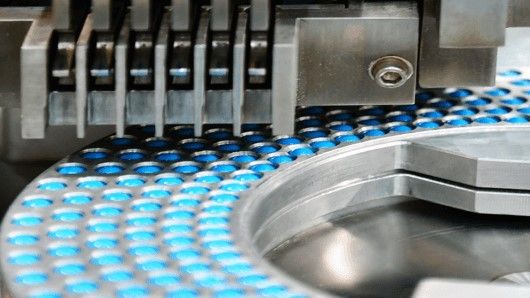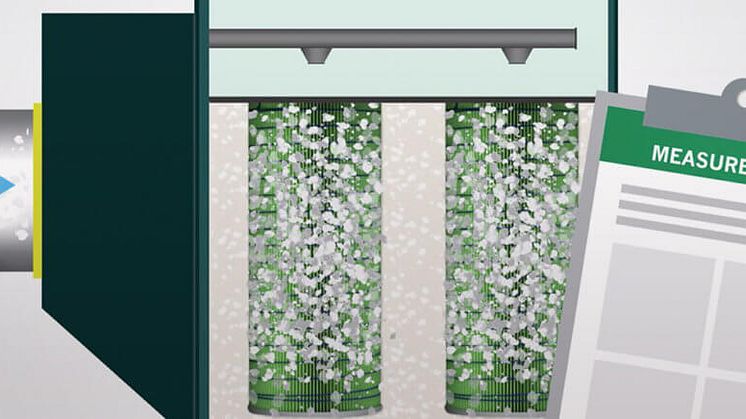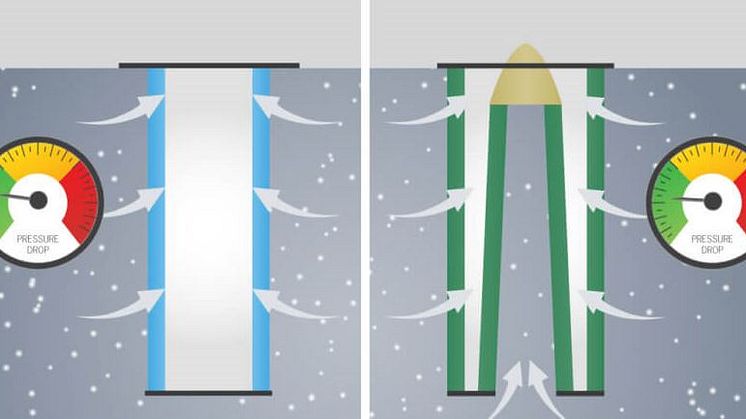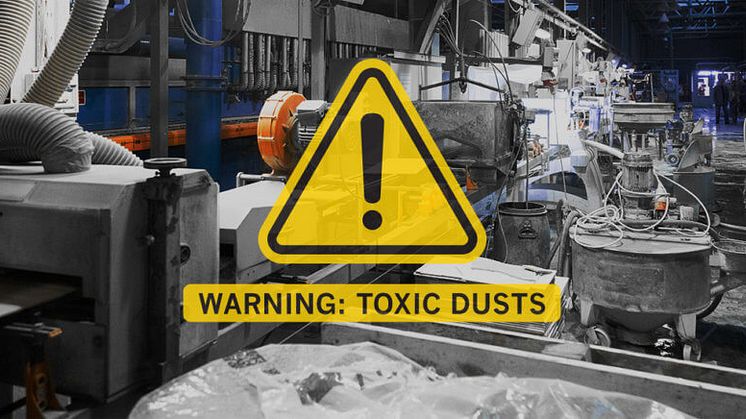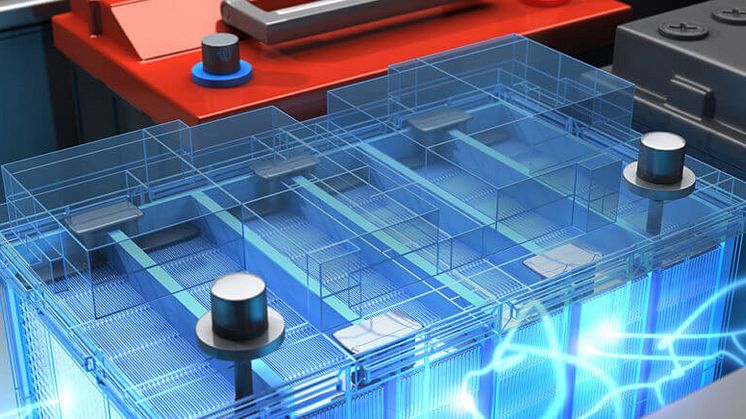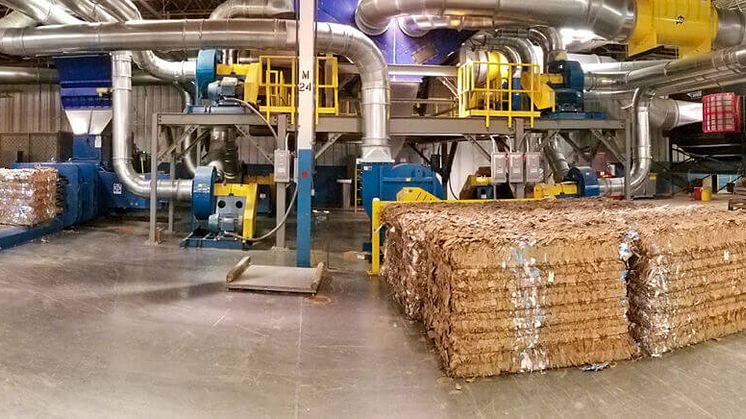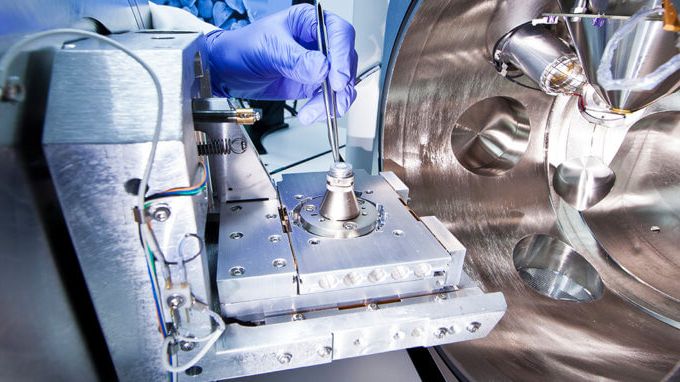
Camfil’s 2021 Podcast Series – ‘Let’s Talk Clean Air’
The focus of the series revolves around Camfil’s mission to protect people, processes, and the environment by defining, developing, and delivering solutions that combine clean air with energy efficiency sustainably and profitably. We are collaborating with industry experts, activists, practitioners from leading institutes and companies about the importance of clean air and how it can be harnessed

